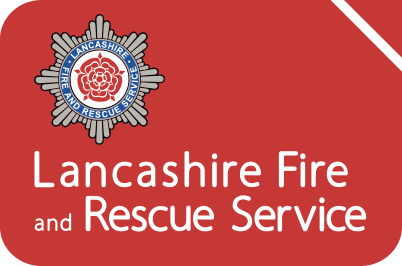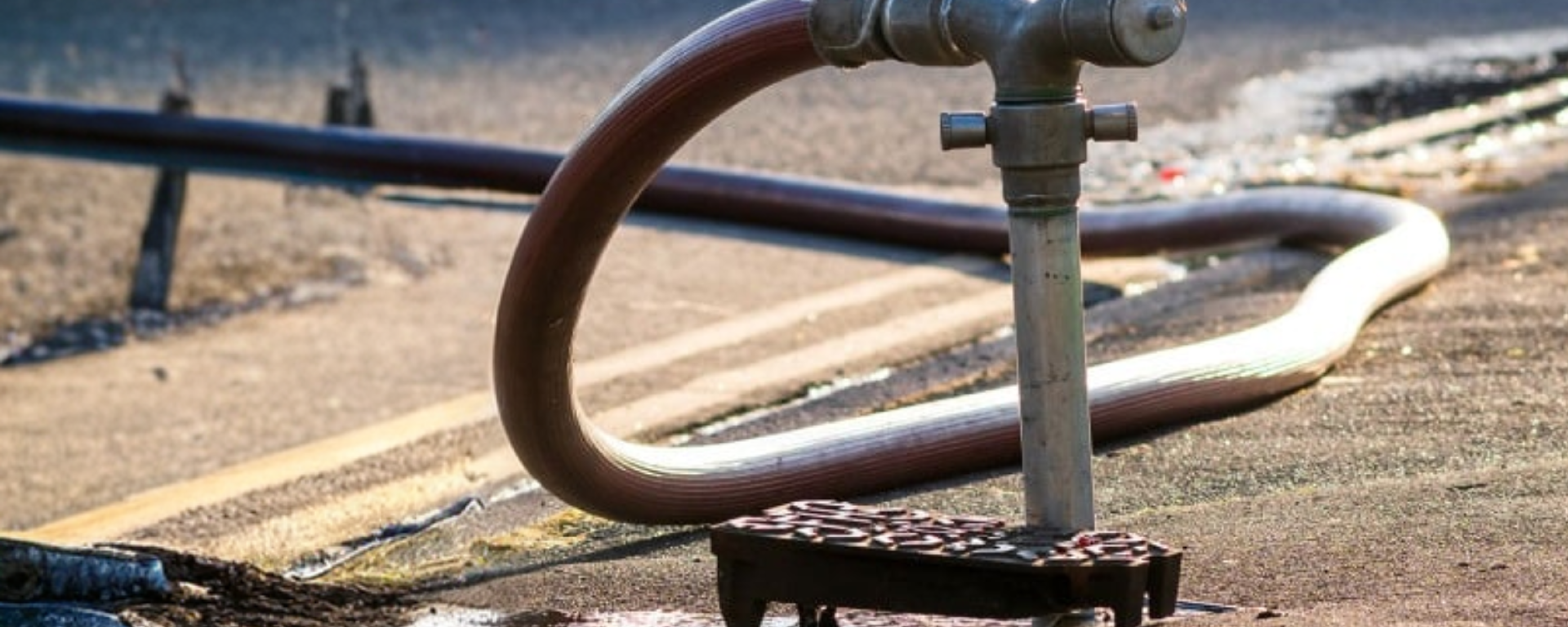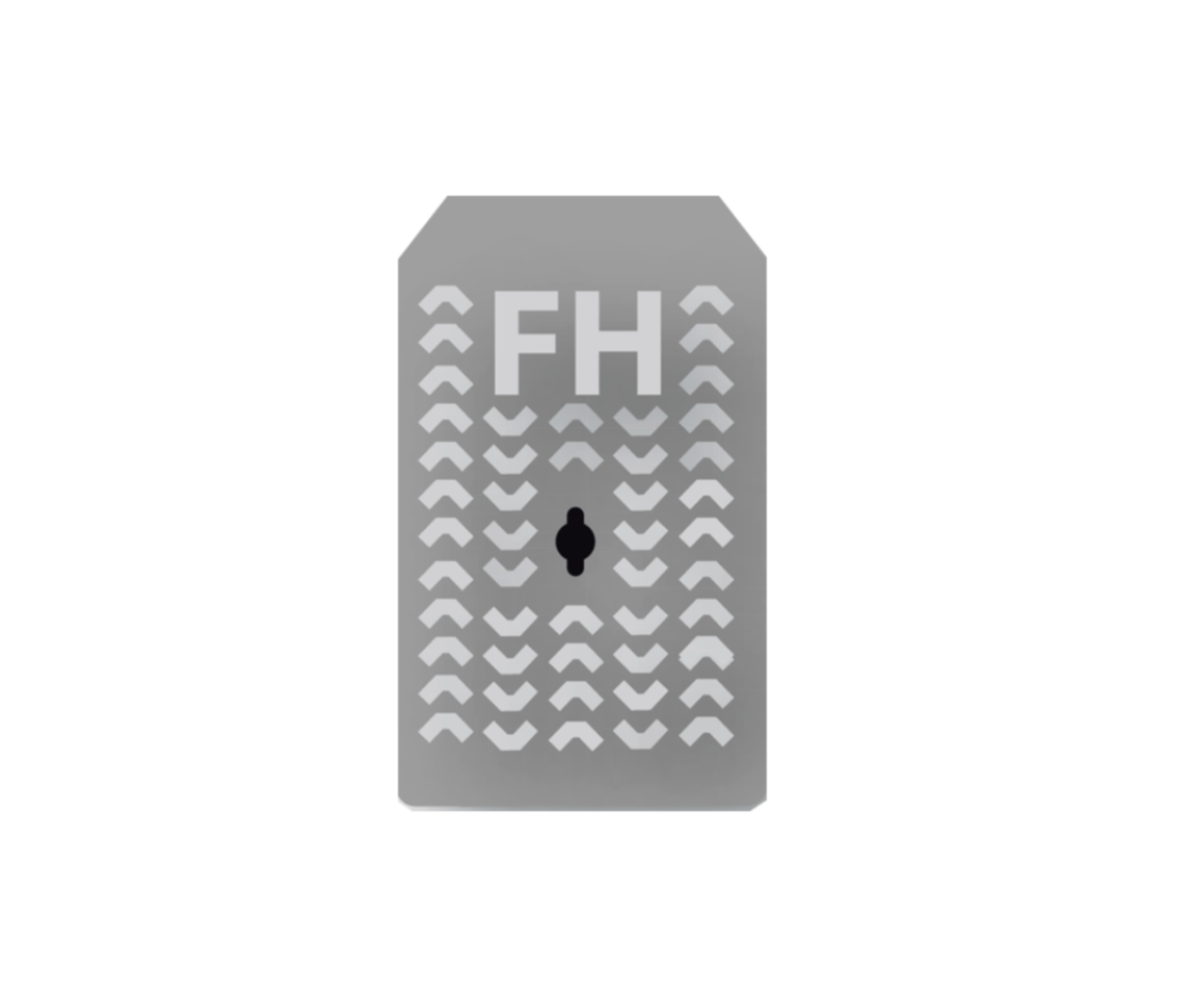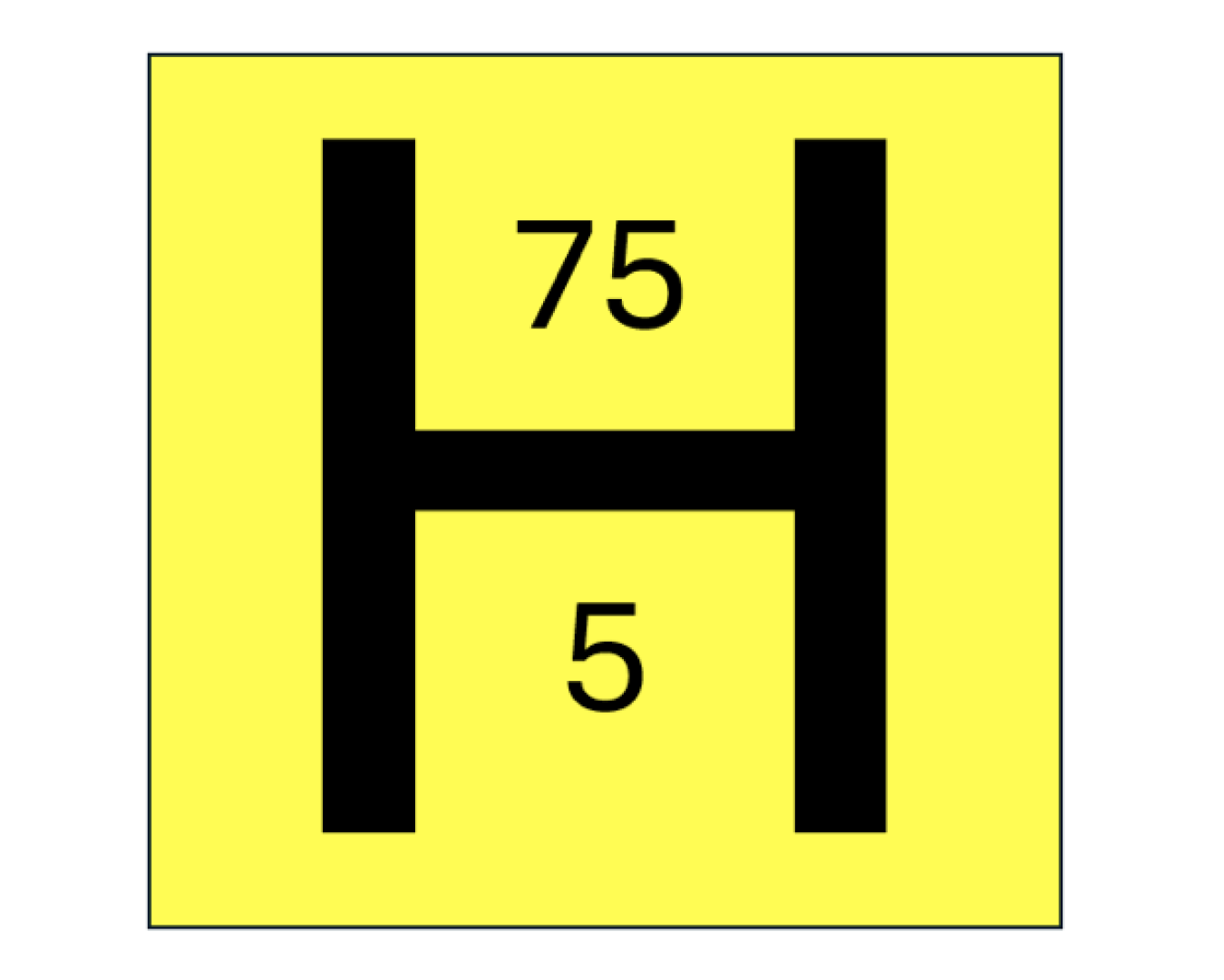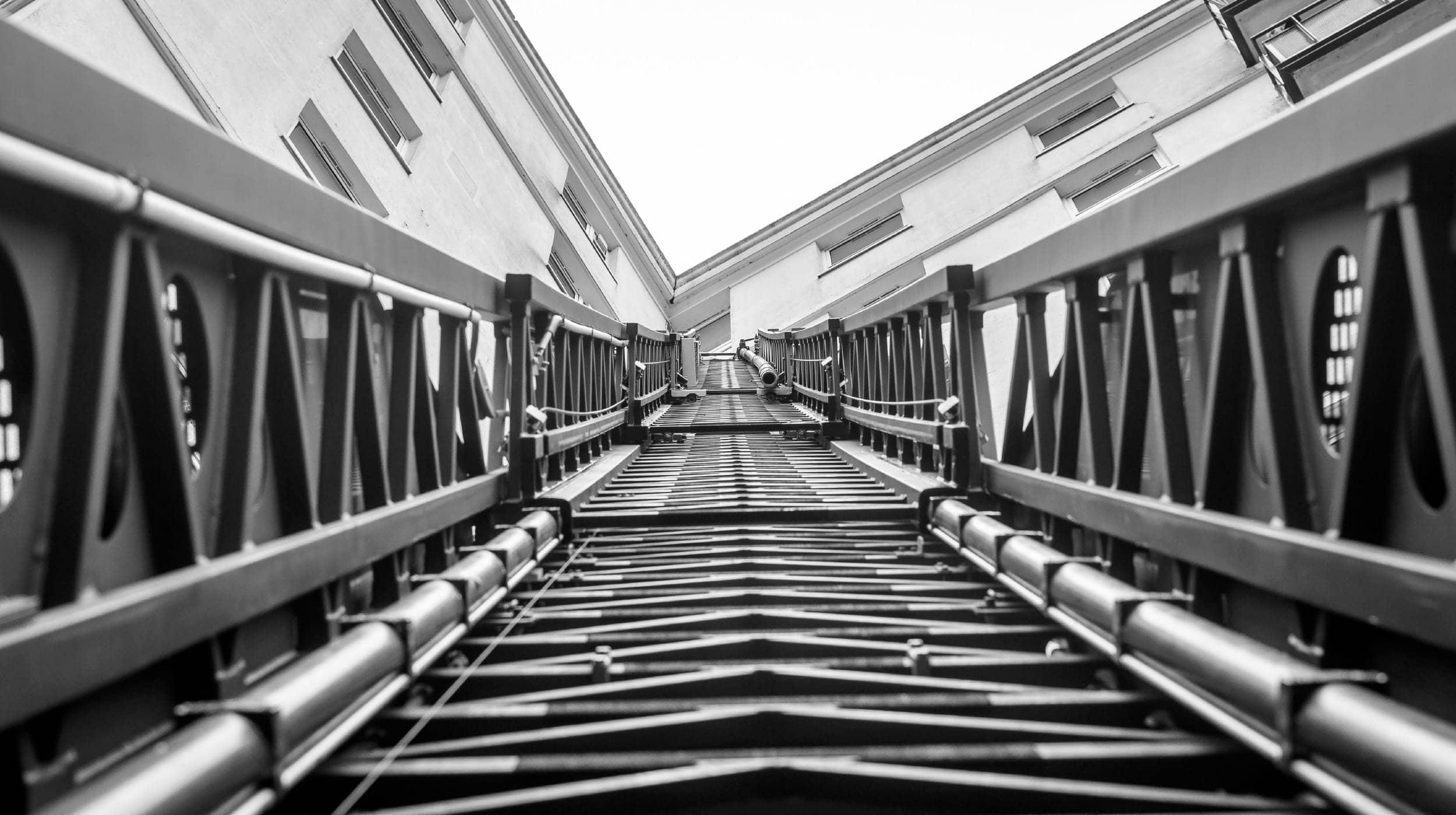Testing and maintenance
It is our responsibility to ensure that fire hydrants are kept operable and available for use in the event of an emergency.
To ensure we meet our responsibility, our firefighters and our team of Hydrant Technicians who inspect all the fire hydrants within a time frame of 12 to 36 months. The Hydrant Technicians follow up on public enquiries and hydrants that are reported as defective including defective or missing hydrant plates. They are specially trained and equipped to work safely on the highway and can carry out minor repairs to hydrants. Where major repair work is required, this will be carried out by United Utilities.
Hydrant obstruction
It is crucial that firefighters can access to water supplies quickly in the event of a fire or other emergency.
Obstructing fire hydrants, in particular inconsiderate parking, can put the lives of you, your family and your neighbours at risk. It is an offence to damage or obstruct a fire hydrant and is liable on summary conviction to a fine not exceeding £500 (Fire and Rescue Services Act Section 42). The act also does give FRS’s the authority to move vehicles blocking Fire hydrants, even by breaking a window to release the handbrake, to access the water supply.
A vehicle obstructing a fire hydrant may not be insured against any damage caused by the Fire and Rescue Service whilst gaining access to the required water supply in an emergency.
Illegal use of hydrants
It is illegal to use a fire hydrant to obtain water for anything other than firefighting unless you are authorised to do so by the water authority or any other person to whom the hydrant belongs.
Unauthorised access to the hydrant is not allowed. Persons found to be using fire hydrants without the appropriate authorisation are liable to prosecution. If you suspect a fire hydrant is being used illegally, you can report it to United Utilities HERE.
The more information you can provide about the user such as location, date, time, company name, vehicle license plate number and photographs of the misuse, the easier it is for them to investigate. Private fire hydrants
Private fire hydrants are located on private water mains that are not the responsibility of the local water company or the fire and rescue service, but the responsibility of the owners/occupiers on whose land they are installed and will not be maintained by either the water company or by us.
These are most commonly located on large sites such as hospitals, military establishments, retail parks, holiday parks, large warehouses, and industrial estates, but may also be installed to provide cover for specific risk properties.
Private hydrants should be installed in accordance with the appropriate British standards and should be compatible with fire and rescue service equipment and should be tested and maintained and be in good working order by the responsible person(s).
Known private fire hydrants will be recorded in our database and may be included as a source of water for firefighting in our risk information plans. Please contact us via the details below if you would like assistance, or to check whether private fire hydrants for which you are responsible are included in our records.
